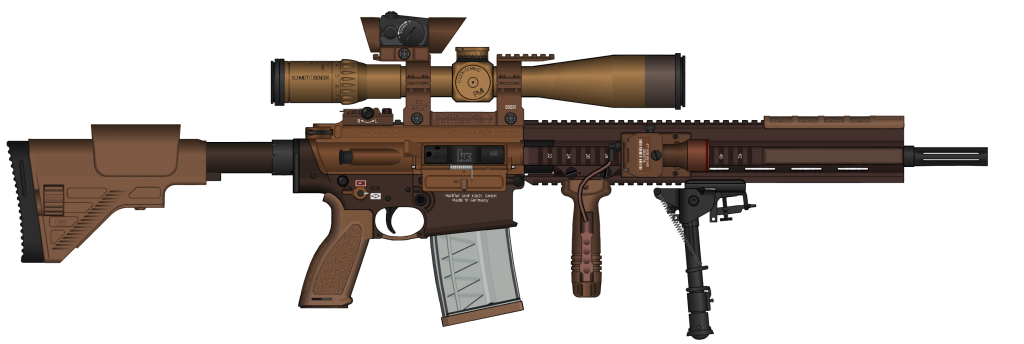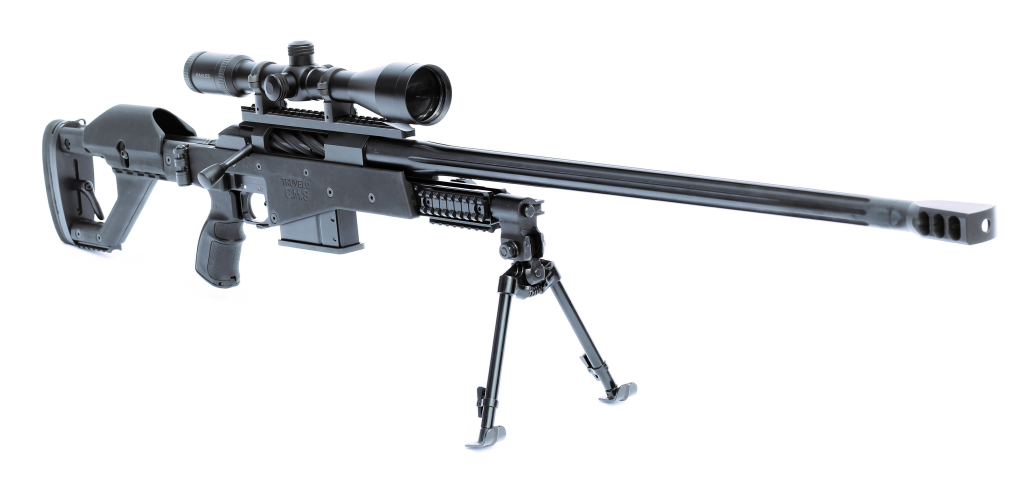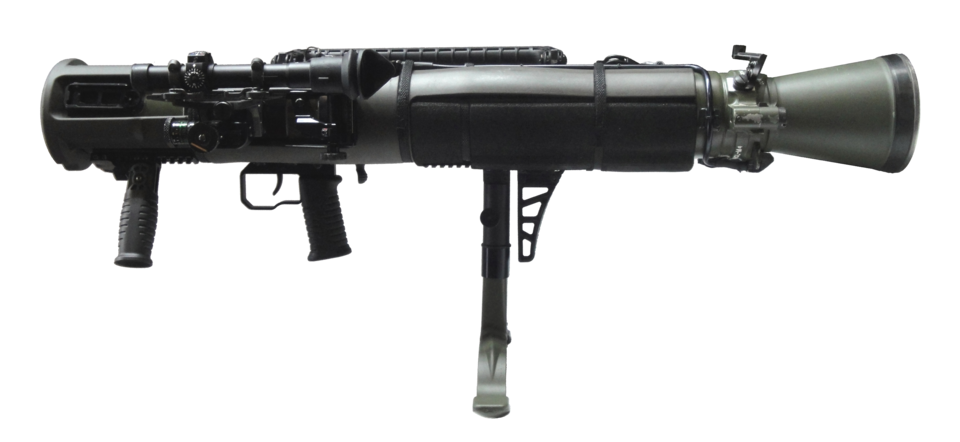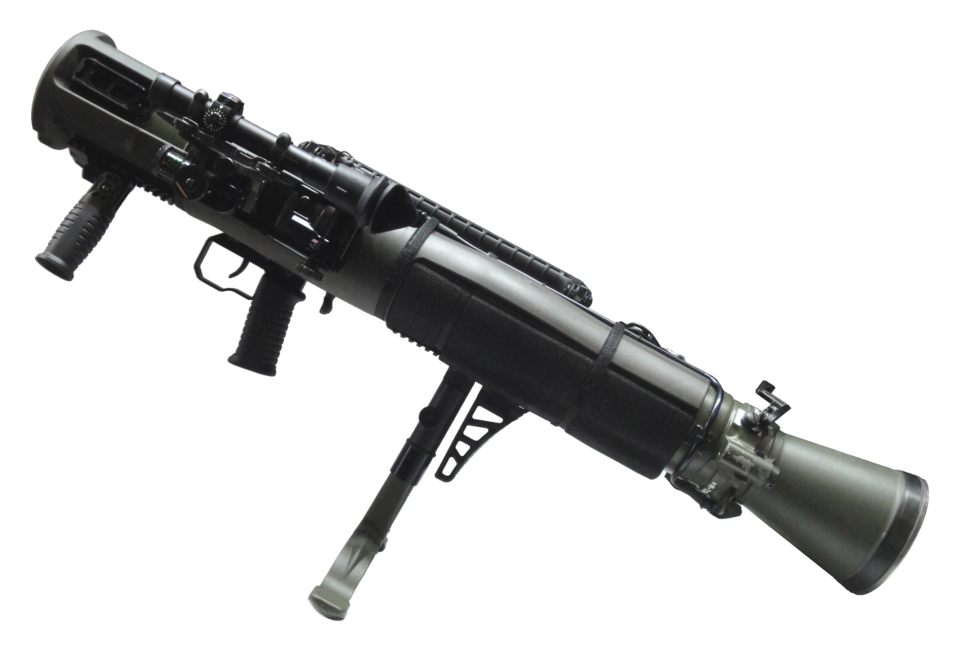
Under the hot fury of a desert sun, a Green Beret wields a rifle capable of hitting targets nearly a mile distant. It is a weapon that is more than a gun it is a distillation of decades of battlefield experience, engineering expertise, and tactical necessity. In the past few years, U.S. The Army Special Forces has quietly acquired a new generation of sniper and support equipment, each designed to reach farther, shoot more accurately, and adapt to the changing nature of warfare.

These acquisitions run the gamut from multi-caliber precision sniper systems to general-purpose anti-materiel tools, all of which speak to a doctrine that’s as interested in flexibility as raw power. To observers of military technology, the new procurements reveal much about how elite units are preparing to conduct missions that may require precision accuracy and raw firepower. Following are seven of the most important systems deployed today by the Green Berets.

1. Barrett M107: Heavy Hitter Dual-Role
The Barrett M107 is both a sniper rifle and an anti‑materiel weapon, .50 BMG (12.7x99mm NATO) caliber with a 10‑round detachable box magazine. Semi‑automatic, recoil‑operated, with a maximum effective range of 1,850 feet, it is suitable for knocking out personnel at extended ranges and light vehicles or equipment. Its barrier penetration feature gives Special Forces crews a counter‑sniper and infrastructure denial capability. Originally developed from the Barrett M82 series, the M107 benefits from enhanced ergonomics and reliability features. Its application as a force multiplier is demonstrated in operations where one rifle can take out threats that would otherwise require more cumbersome crew‑served weapons. For units functioning deep within hostile territory, this two‑capability reduces logistical weight without sacrificing tactical flexibility.

2. Remington MSR: Precision Sniper Rifle Evolution
Selected by USSOCOM’s Precision Sniper Rifle program, the Remington Modular Sniper Rifle (MSR) was designed to replace multiple legacy bolt-action platforms with one, adaptable platform. It has stringent requirements: sub-1 MOA accuracy to 300 to 1,500 meters, rapid breakdown and reassembly without loss of zero, and field-swappable barrels in multiple calibers. It can be configured for .338 Lapua Magnum, 300 Winchester Magnum, and 7.62x51mm NATO and barrels can be swapped in under one minute using an exposed barrel nut and torque wrench. Fluted Match-grade Melonite barrels are a factor that enhances service life, while the RACS-LW chassis allows for tool-free adjustments and modularity in accessory mounting. In shooting, it delivered five-shot groups smaller than 0.6 MOA in all situations, even the unfavorable ones, to become an elite extreme-range precision option.

3. FN SCAR Mk 16 / Mk 17: Modular Combat Rifle
The FN SCAR series, 5.56x45mm NATO (Mk 16) and 7.62x51mm NATO (Mk 17), were adopted as a replacement for older carbines like the M4A1 SOPMOD for certain missions. Gas-operated with a rotating bolt, the SCAR emphasizes modularity barrel lengths can be swapped to accommodate mission profiles, and the monolithic upper receiver provides enhanced optics stability. Its ruggedness and reliability in harsh weather conditions make it a first choice for extended patrols across open terrain. The Mk 17, with its increased caliber, enjoys higher barrier penetration and effective range, while the Mk 16 enjoys lighter weight and faster handling. Together, they offer Green Berets a versatile platform for close‑quarters and mid‑range combat.

4. HK G28: Designated Marksman Precision
Heckler & Koch G28 fills the gap between standard infantry rifles and specialized sniper systems. It is 7.62x51mm NATO, semi‑automatic fire out to 2,000 feet. Its heritage is the HK417, with free‑floating barrels, high‑end optics compatibility, and adjustable stocks for shooter ergonomics. In Special Forces doctrine, marksmen serve to extend the squad, deny the enemy movement, and engage high-priority targets without breaking the tempo of the unit. The G28’s precision and rapid follow-up capability are well-suited for fluid combat where targets present and disappear quickly.

5. McMillan TAC-338 and .338 Lapua Capability
While Green Berets use a number of .338-caliber rifles, the McMillan TAC‑338 delivers the class promise. In .338 Lapua Magnum chambering, it carries flatter trajectories and superior energy retention than 7.62 NATO with effective engagement beyond 1,500 meters. The .338 Lapua was intended to bridge the range between the conventional sniper round and .50 BMG, providing long-range accuracy with minimal recoil. The bolt-action mechanism of the TAC‑338 is all about delivering consistency, and when combined with high-quality optics, can produce effective shots at ranges where environmental factors become determinative. The military history of the .338 Lapua contains record-breaking shots, which testifies to its position in modern precision shooting.

6. Carl-Gustaf M4: Multi-Role Recoilless System
The Carl-Gustaf M4 is a shoulder-fired, man-portable 84mm gun capable of firing a range of ammunition types from HEAT rounds to counter-armored targets to airburst fragmentation against entrenched infantry. It is under 7 kg and includes ergonomic improvements, a shot counter, and a programming interface for fuses on future munitions. Its backwards compatibility also means that the new rounds can be used by older launchers, offering commanders an unprecedented degree of tactical flexibility. When used by Special Forces, the M4 is utilized as a man-portable artillery platform, able to disperse fortifications, create smoke screens, or illuminate the field from a single launcher.

7. Barrett M82 Heritage and Anti-Materiel Doctrine
The Barrett M82A1, which preceded the M107, was an innovation in anti-materiel rifle design when it was first introduced in the 1980s. Semi-auto and using the .50 BMG, it extended effective range past 1,500 meters with the ability to incapacitate vehicles, radar equipment, and bunkers. In Green Beret missions, these rifles make mission profiles possible that enable precision targets on equipment to achieve strategic objectives without calling for greater support. The success with the M82 spawned modern anti‑materiel doctrine in which portability, precision, and destructive capability are combined in one system.

The latest sniper and support weapons in the Green Beret arsenal reveal a straight trend: adaptability balances equally with raw capability. Multi-caliber platforms such as the MSR reduce logistical weight, and systems such as the Carl‑Gustaf M4 enhance tactical options far beyond traditional marksmanship. Combined, these systems enable Special Forces to function to maximum utility across the entire spectrum of conflict from clandestine reconnaissance through direct action so that when the mission demands precision at range, they have the right tool.


